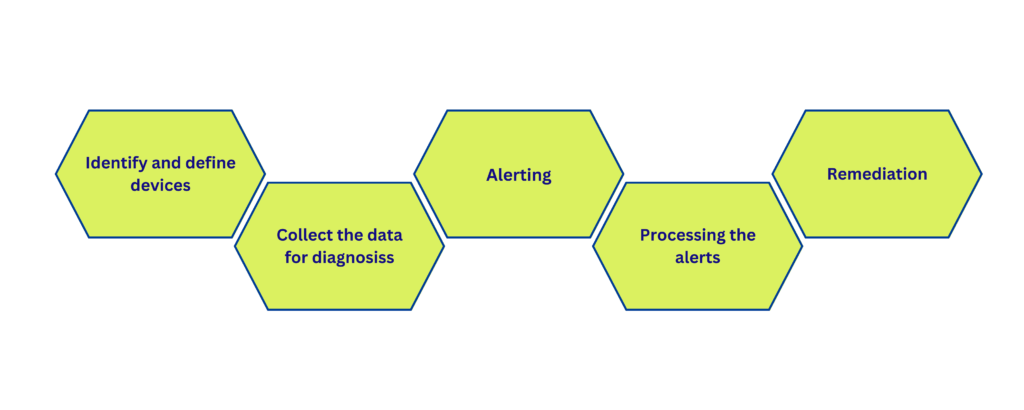


Introduction
Automation has become a crucial aspect of software development and deployment. With this concept, came the concept of Everything as Code. Everything as Code (EaC) is an approach to software development and deployment in DevOps that uses code to define and manage IT resources. EaC has found many applications in Infrastructure as Code, Configuration as Code, and other areas of IT, especially in DevSecOps reign. This not only reduces human efforts but also makes the process less error prone.
In recent years, the idea of “Infrastructure as Code” has become increasingly popular in the world of software development. This approach involves defining infrastructure resources and configurations in code. As the infrastructure specifications are in the form of code, these can be changed, tested, version-controlled and deployed using standard software development practices. On similar lines, the concept of Monitoring as code has emerged. It allows Monitoring and Observability to be implemented as a code.
Let’s dig down more into the concept.
What is observability and Monitoring?
Monitoring is the regular surveillance system in which the system is being monitored for changes in certain health parameters. Observability goes a step ahead. It has the ability to measure a system’s current state based on the data it generates, such as logs, metrics, and traces. The duo helps to make the system more resilient, reduce downtime and helps achieve great end-user experience.
How Does monitoring and observability work?
There are certain observable parameters and outputs in the form of logs, matrices, and traces that are generated by the system as the user interacts with the system. Observability and monitoring tools generate output in the form of dashboards. These dashboards provide an insight to identify the problem and remediate the same.
How Monitoring as code will make the difference?
“Monitoring as Code,” extends the idea of Infrastructure as Code to monitoring and observability.

Monitoring as code is characterized by the following –
Monitoring as Code shows the following advantages:
No manual intervention: Human intervention is error prone as it may lack consistency in observing the various system resources. By defining monitoring resources and configurations in code, teams can ensure that monitoring is consistent across all environments and deployments.
Automation: Automate the creation and management of monitoring resources saves time and reduces errors.
Testing: Like any other code, monitoring code can be tested.
Version control: Monitoring configurations can be version-controlled alongside the infrastructure code, which enables teams to track changes, revert to previous versions, and collaborate more effectively.
Collaboration: By using code-based tools for monitoring, teams can collaborate more effectively and consistently.
Tools supporting Monitoring as code-
Implementing Monitoring as Code requires a shift in mindset, as well as a new set of tools and practices. Some popular tools for implementing Monitoring as Code include:
Take Away
Monitoring as Code is a powerful ring a approach for managing monitoring and observability in modern software systems. By defining monitoring resources, configurations, and alerts in code, teams can achieve greater consistency, automation, collaboration, version control, easy sharing, and testing. Observability and monitoring have been crucial parts of an application to reduce downtime. MaC will not only help enhance the user experience but also make observability more manageable and consistent throughout the organization.